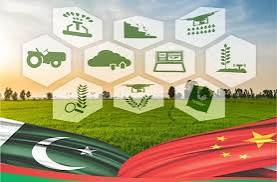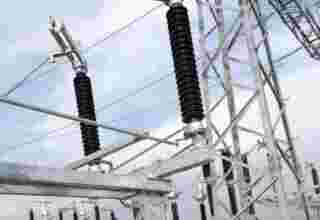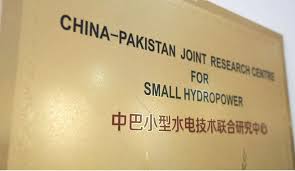By Syed Asif Salahuddin
The power sector’s circular debt has accumulated to approximately US$8.3 billion due to inefficiencies and inability to recover the costs incurred on power generation.
In Pakistan’s ongoing battle to stabilize the energy sector, the government has taken a significant step by allocating Rs450 billion for power sector subsidies in FY2023-2024, up from Rs350 billion in the previous year.
Notably, this includes a substantial increase in the subsidy for K-Electric (K-E), the power utility serving Karachi, from Rs80 billion to a staggering Rs315 billion.
Additionally, during the current fiscal year, the government disbursed Rs180 billion in subsidies for the independent power plants (IPPs), and an extra Rs48 billion for the Kisan Package, which was not originally included in the budget estimates.
The rationale behind this surge in the power sector subsidies is multifaceted. It stems from the rising cost of fuel imperative to support the power sector during the economic recovery, relentless circular debt crisis, and the government’s commitment to providing affordable electricity to its citizens.
A critical issue at the heart of Pakistan’s energy woes is the circular debt, which is essentially a vicious cycle of unpaid bills and increasing liabilities.
The Central Power Purchasing Agency of Pakistan has revealed that the growing circular debt is the primary driver behind the rising power sector subsidies.
The accumulated payables from July to April in FY2023 reached an alarming Rs2,631 billion, marking a 7.38% increase compared to the previous year.
Moreover, the average monthly increase in circular debt during July-February period of FY2022-23 was a staggering Rs52.4 billion.
A significant contributor to this mounting debt is the payment of trillions of rupees towards Tariff Differential Subsidy (TDS), which predominantly benefits the urban affluent section of the society constituting over 90% of the total subsidies.
It is evident that eliminating the TDS subsidy not only reduces the fiscal deficit but also alleviates the financial difficulties faced by the government.
Reducing the TDS could have a substantial impact on reducing the fiscal deficit and relieving financial burdens.
Despite substantial price hikes and additional subsidies, the circular debt continues to soar, raising serious concerns for the nation’s power sector and, by extension, its overall economy.
The circular debt surged to Rs2.31 trillion by the end of FY2023, and it continues to rise in the Fiscal Year 2024. Revenue gains from increased electricity prices were lost to inefficiencies, theft, and losses faced by the power distribution companies.
One of the primary challenges faced by the power sector is rampant electricity theft and non-payment of bills, which results in annual losses of approximately Rs589 billion.
These losses are exacerbated by regional disparities in electricity recovery and losses among the various distribution companies.
The situation worsened during the last fiscal year, with an average monthly rise of nearly Rs66 billion in the circular debt. Despite imposing debt servicing surcharges and increasing electricity prices twice within a year, the government struggled to address the root causes of the circular debt crisis.
While the government has allocated substantial funds for power subsidies, these subsidies are unsustainable in the long run and exacerbate the budget deficit. The International Monetary Fund (IMF) and World Bank have urged Pakistan to implement reforms in the energy sector to address these deep-seated issues.
However, there is hope on the horizon in the form of renewable energy, particularly solar power. Pakistan boasts significant solar potential, with regions like southern Punjab, Sindh, and Balochistan receiving abundant sunlight throughout the year.
Currently, solar energy constitutes only 1% of Pakistan’s energy mix, lagging behind countries like Germany and China.
Pakistan currently has 43GWs of installed electricity generation capacity, of which 40.5GW is considered dependable. However, the National Transmission and Dispatch Company system can only handle a peak of 28GWs, while the peak summer demand is over 30GW. This means Pakistan is at risk of blackouts during the high demand periods.
The World Bank report found that Pakistan could meet its current total electricity demand by using just 0.071% of its available land for solar photovoltaics. Pakistan also has significant wind resources, especially in Balochistan and Sindh.
The government has set a target of generating 60% of its electricity from renewable sources by 2030. This would require 13.6GWs of additional solar and wind capacity. However, work on these new renewable energy projects has yet to begin.
In conclusion, Pakistan’s energy sector is at a critical juncture, trapped in a circular debt that threatens its economic stability.
To break free from this cycle, the government must implement targeted policies to reduce subsidies and tackle electricity theft.
Simultaneously, harnessing the nation’s abundant solar energy potential can provide a sustainable solution, creating economic opportunities and reducing the burden on the budget.
It is time for Pakistan to embrace renewable energy and lead the way toward a cleaner and more prosperous future.
(The writer is President of Independent Policy and Research Centre, an Islamabad-based think tank).





















